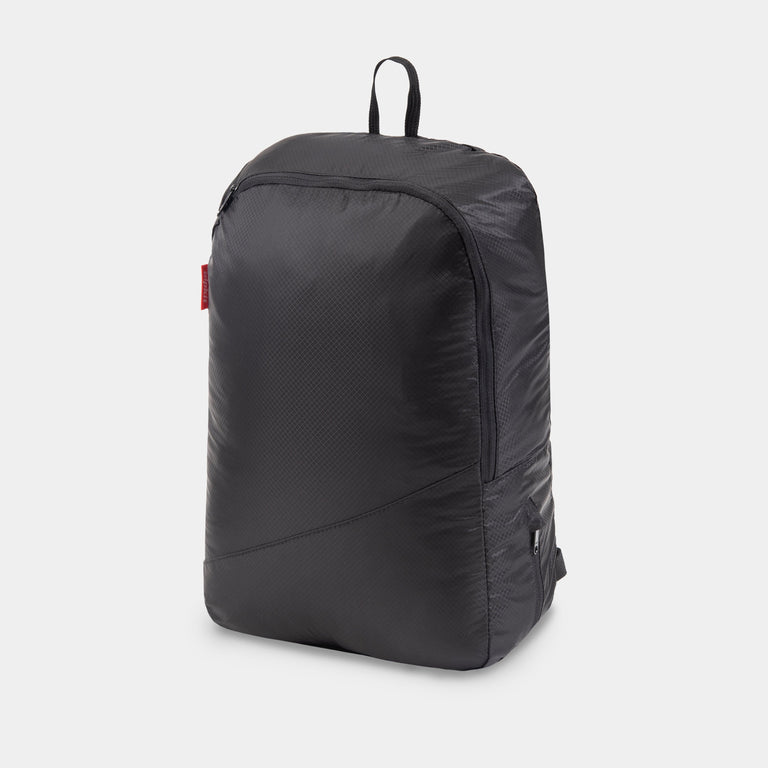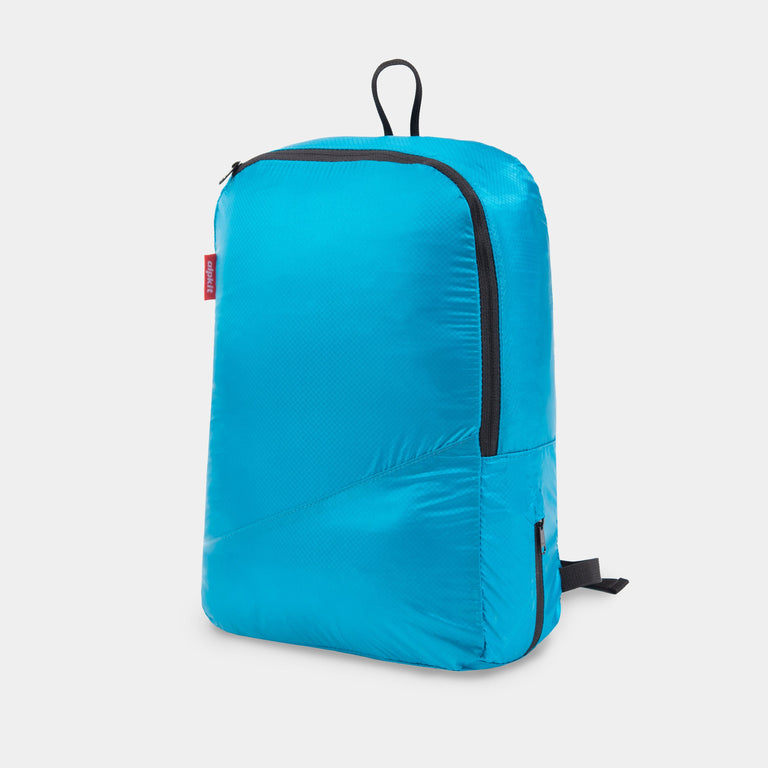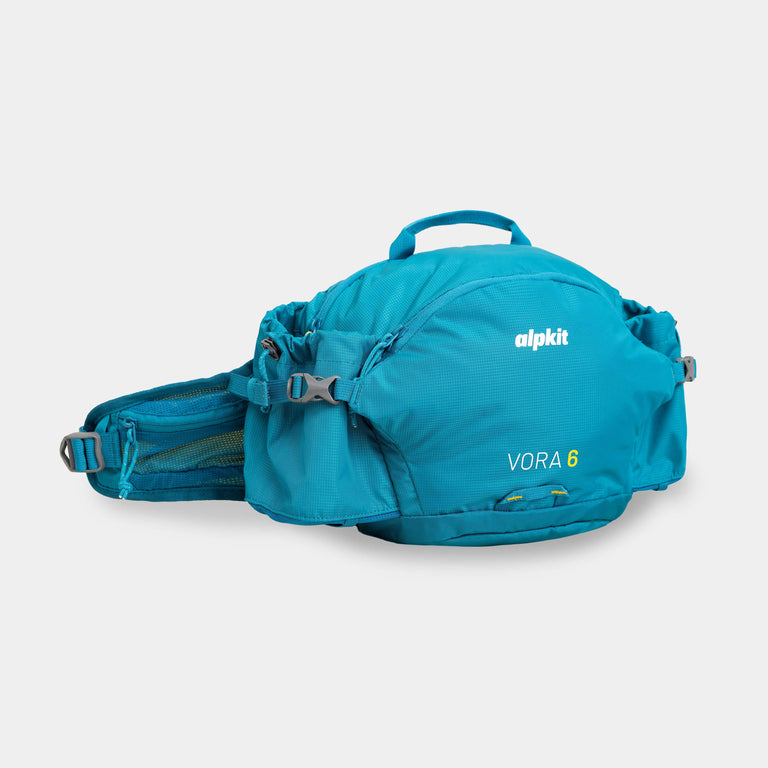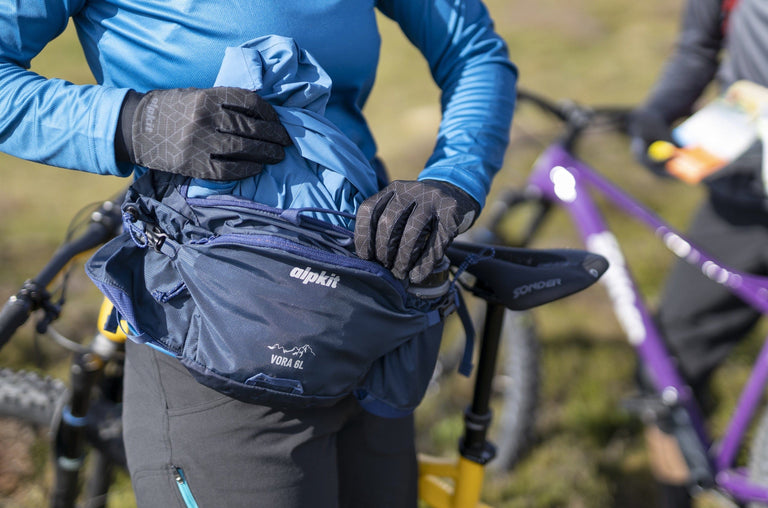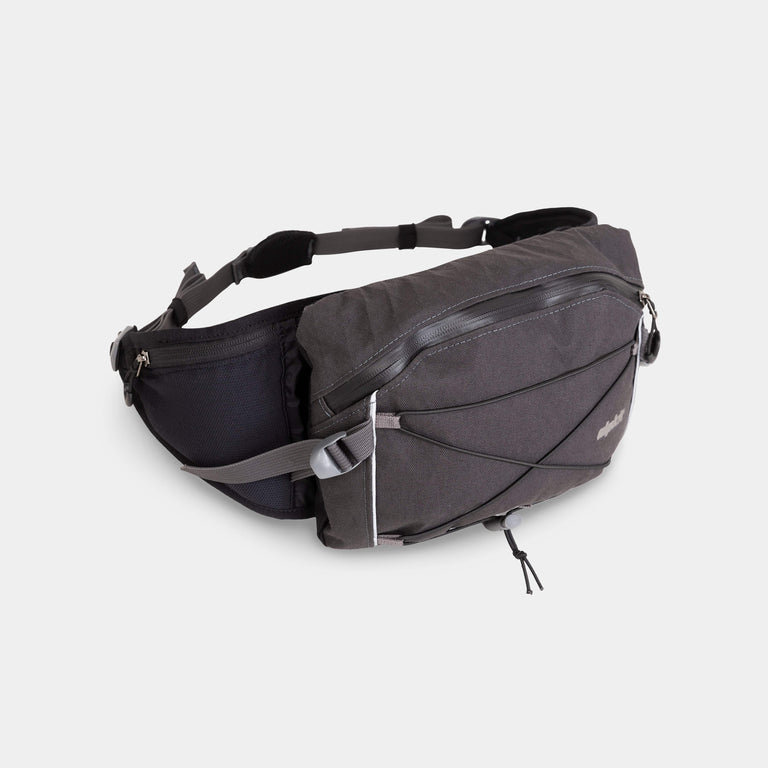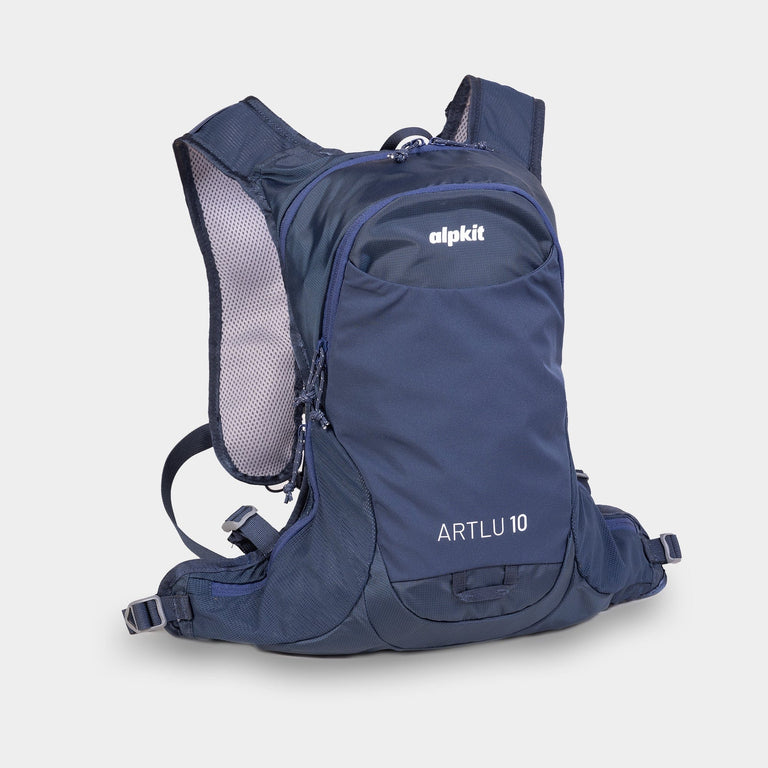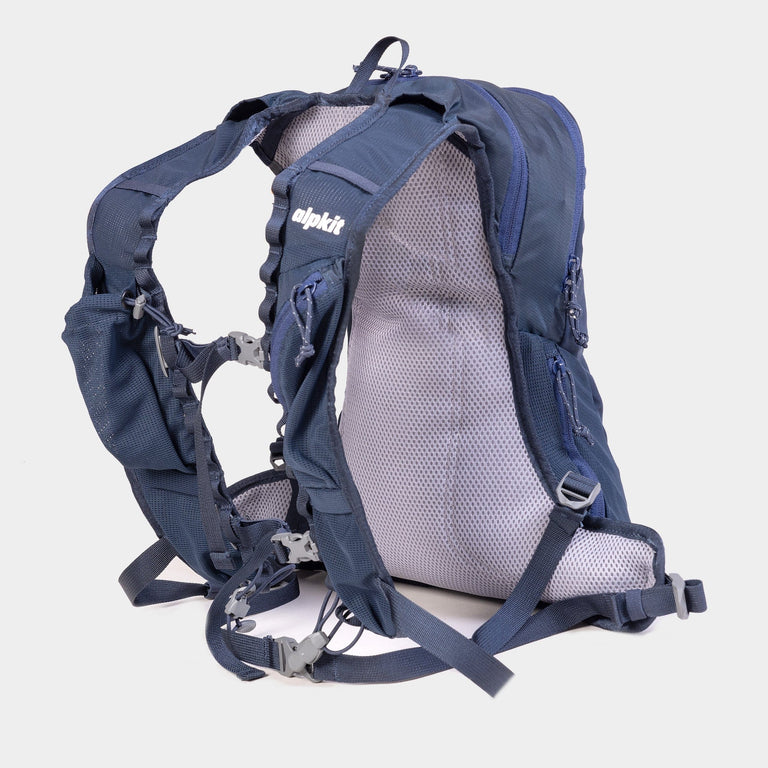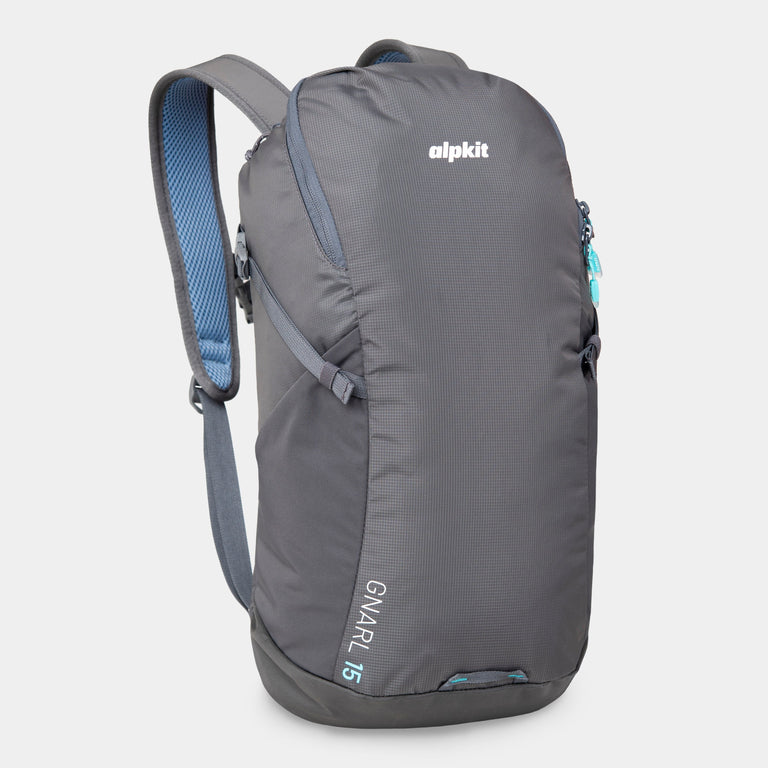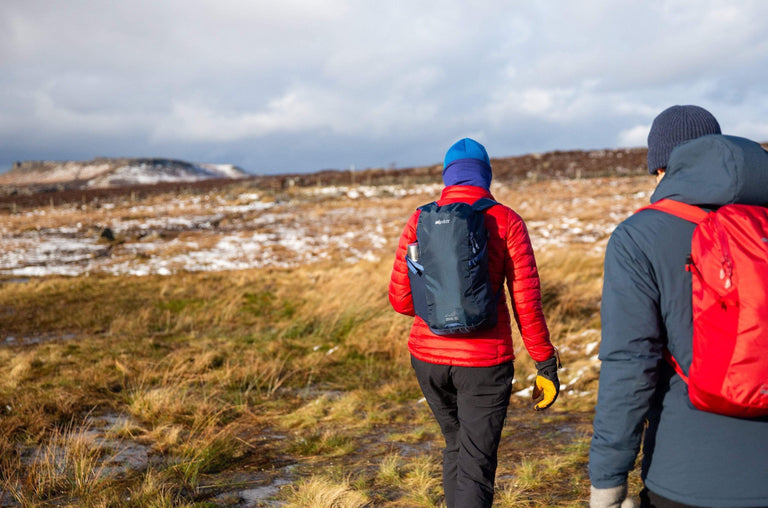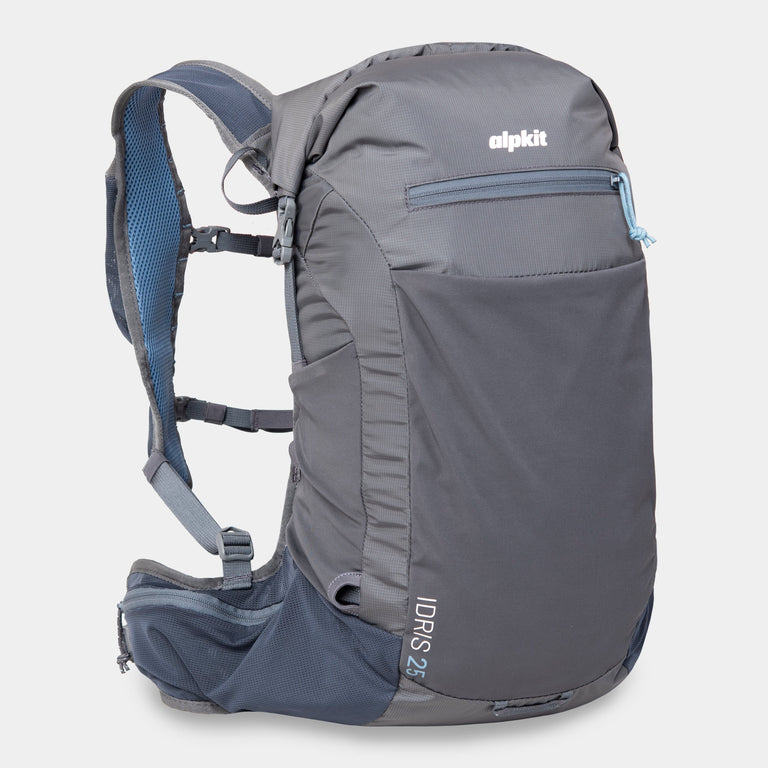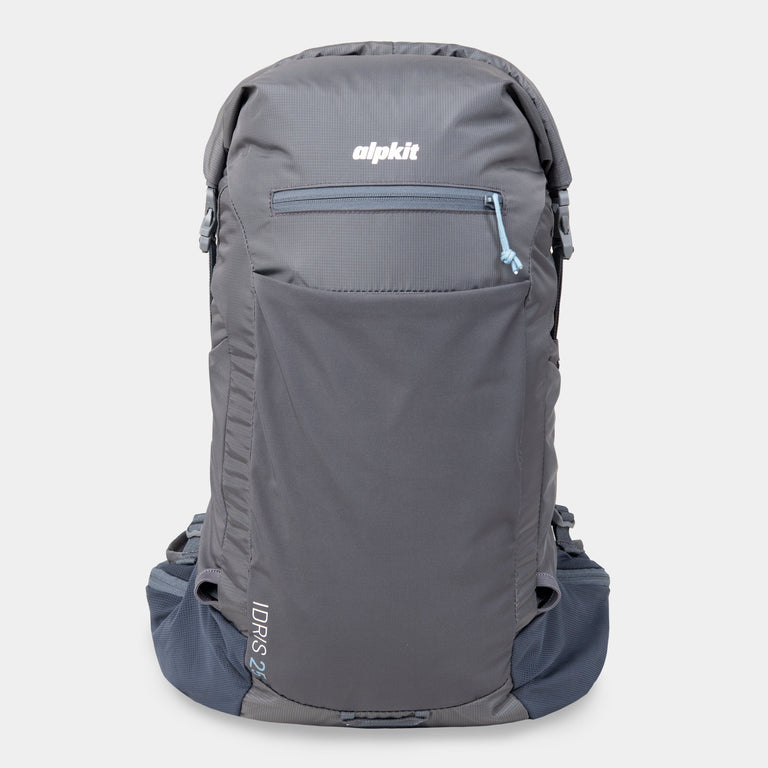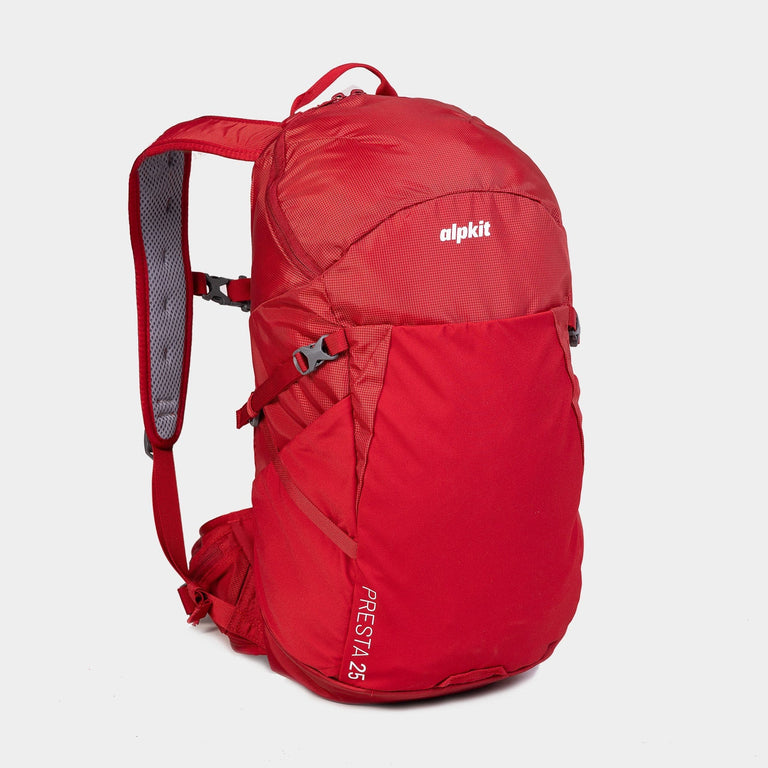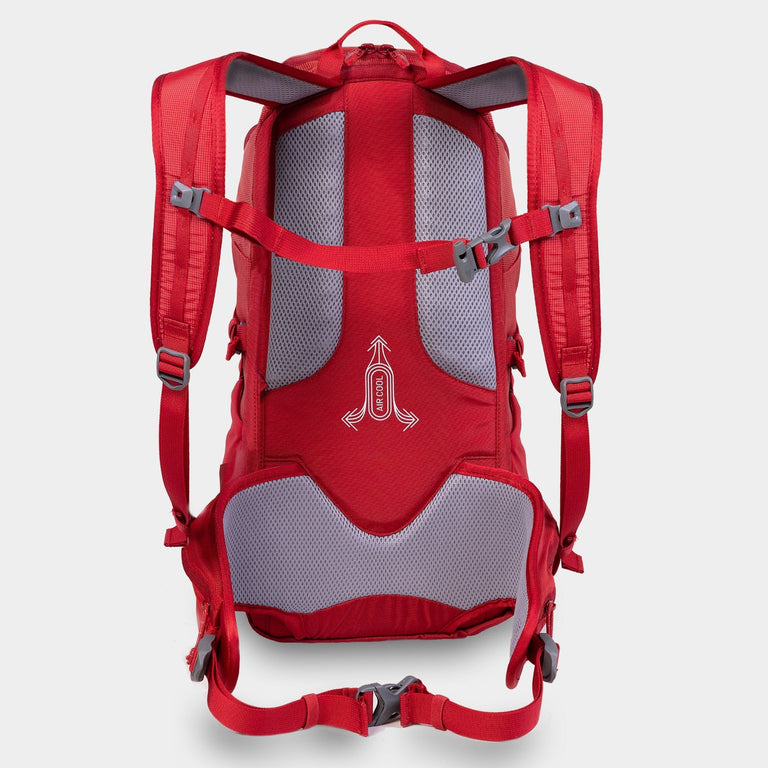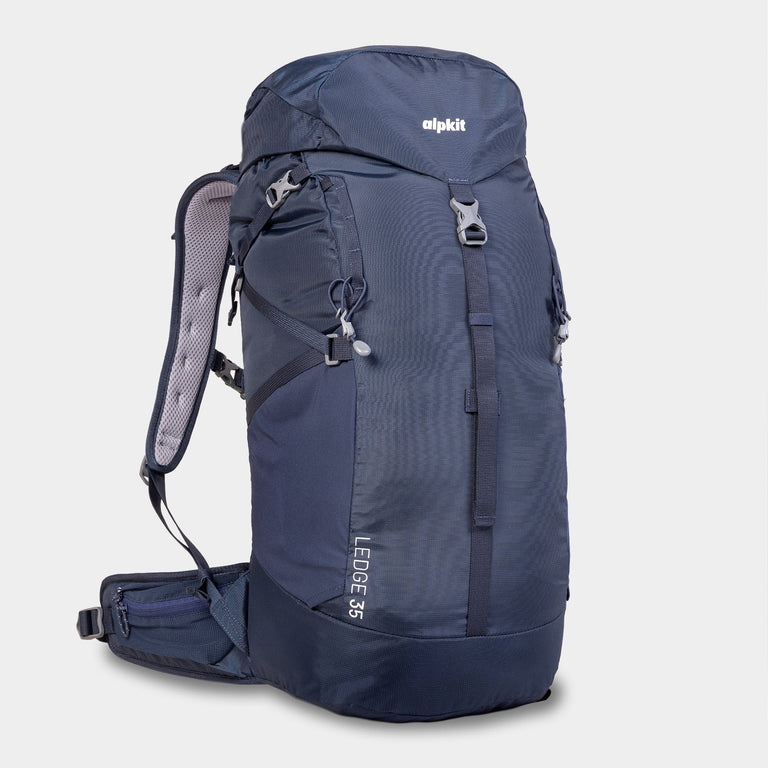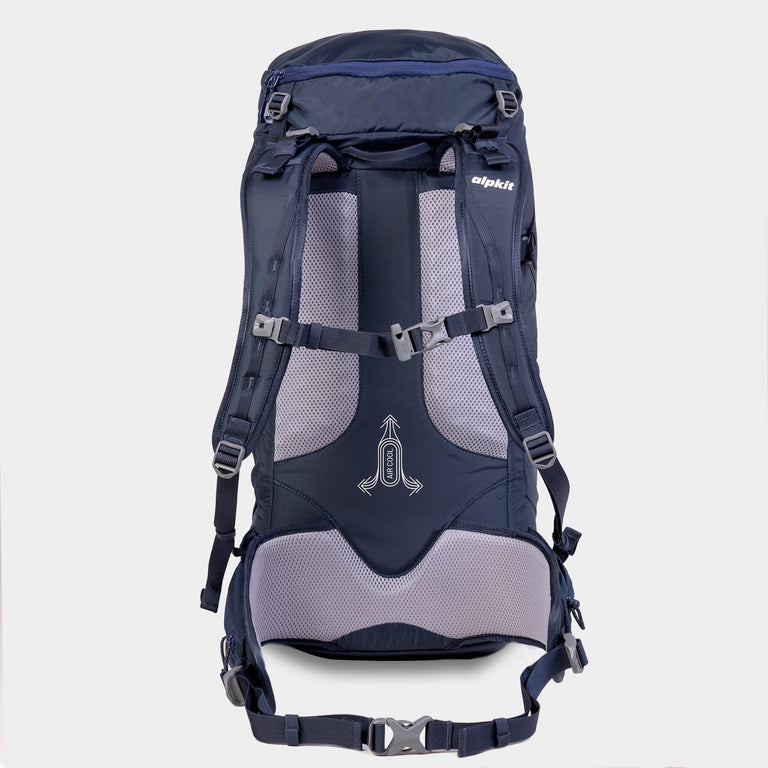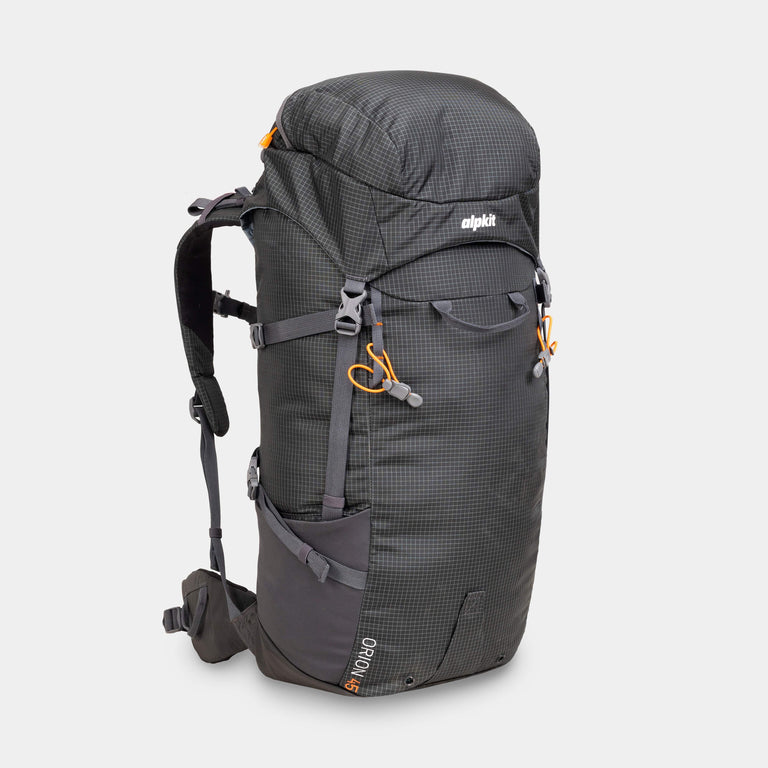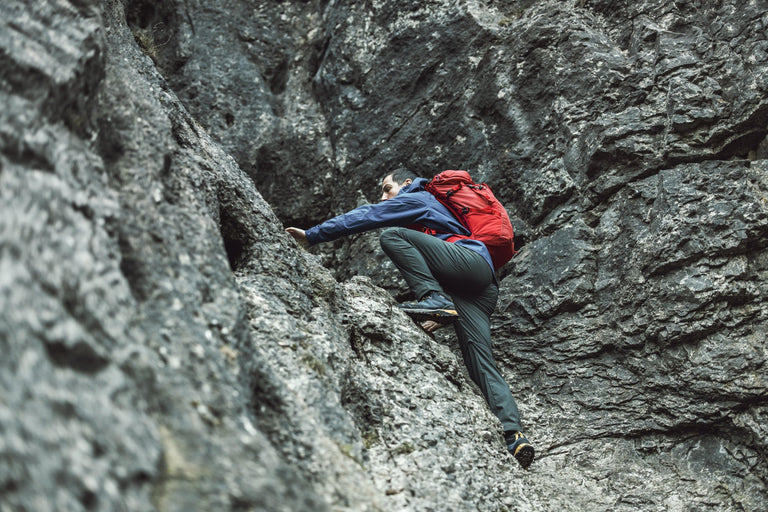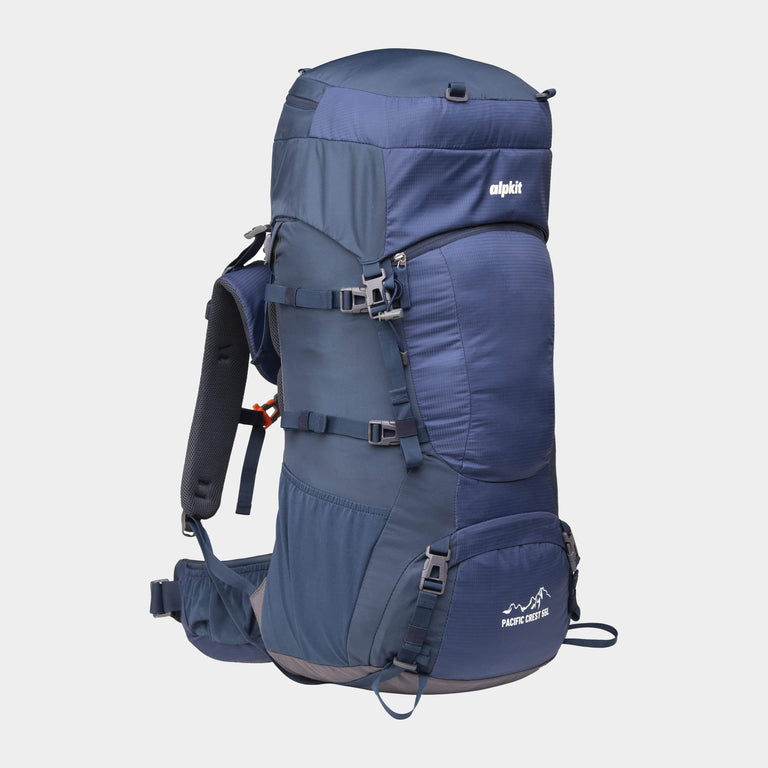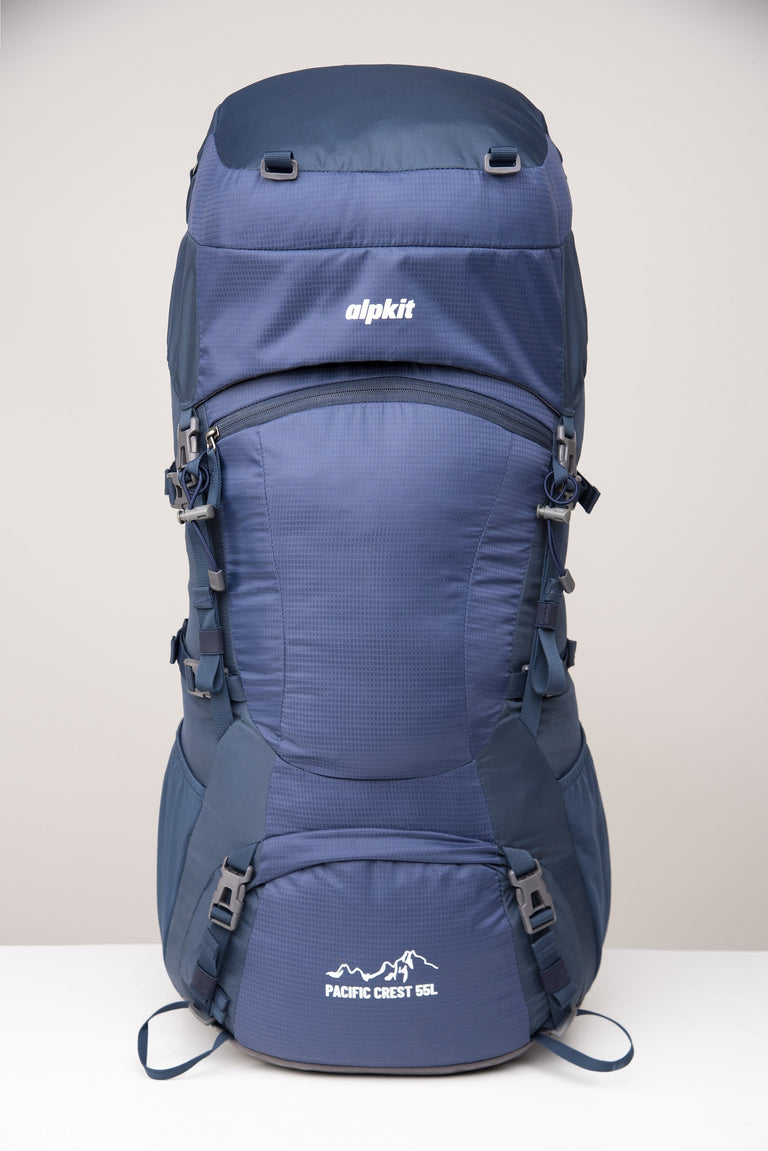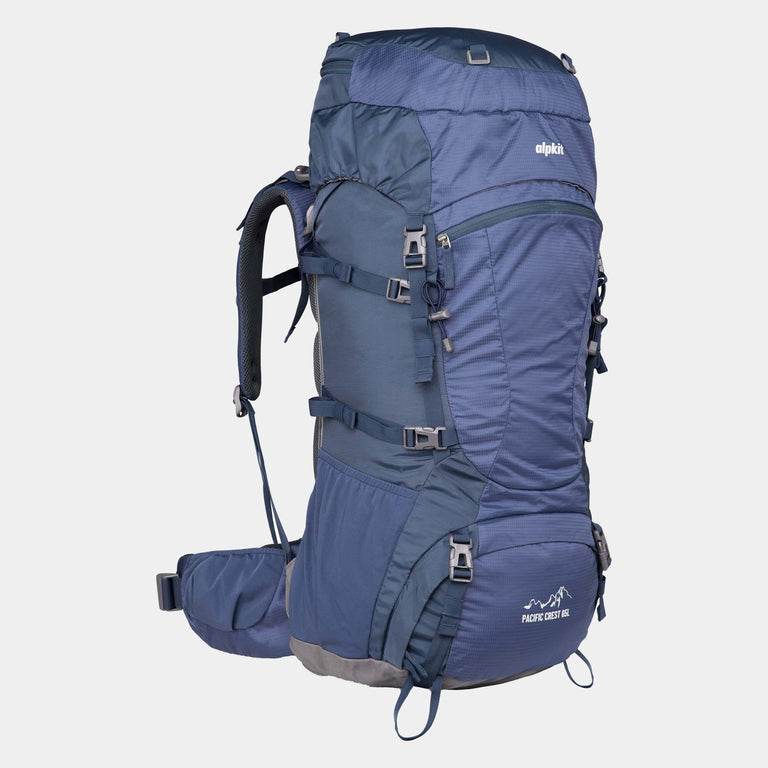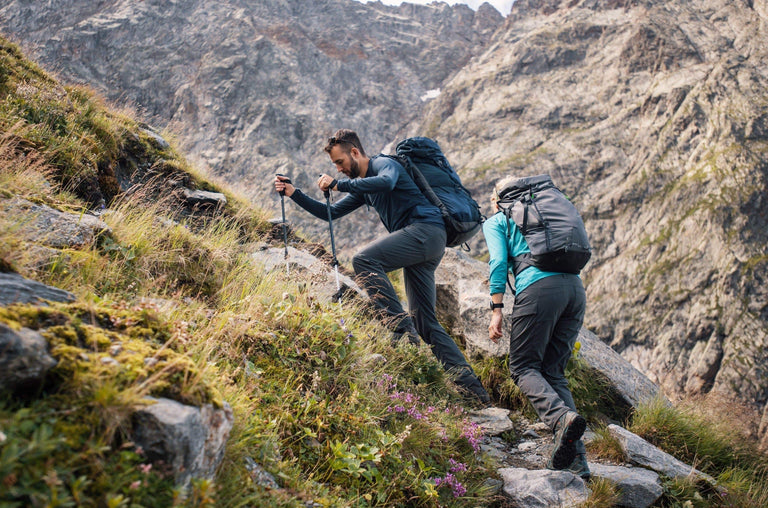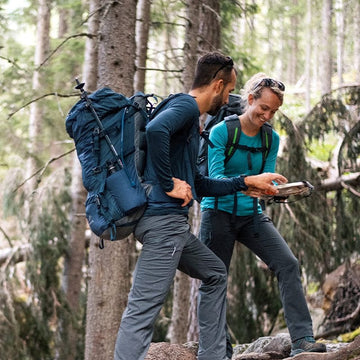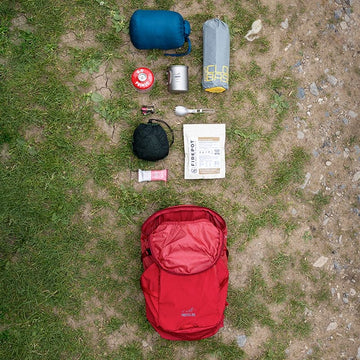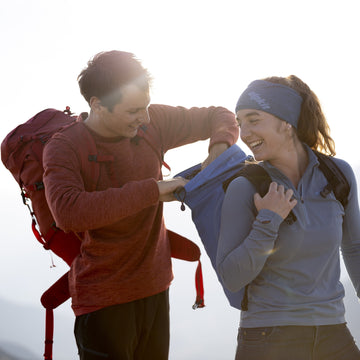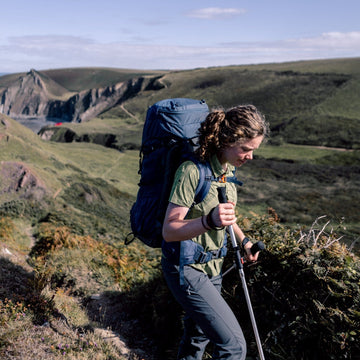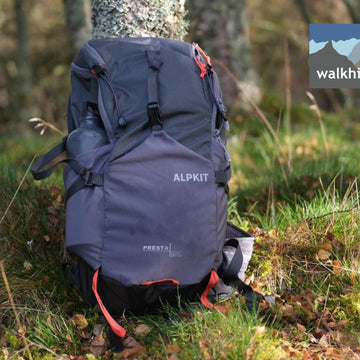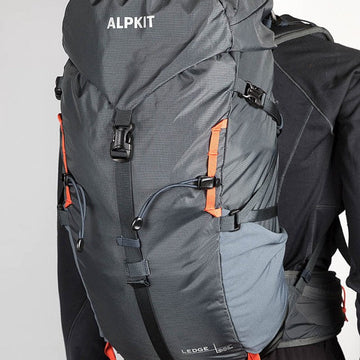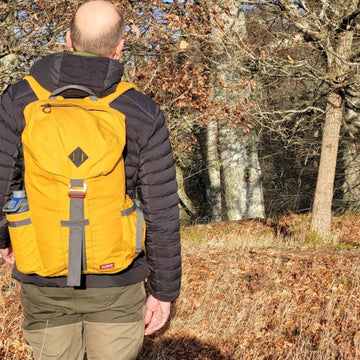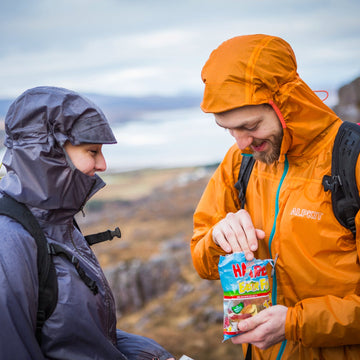
Worried about your pack being too heavy? In this guide we show you how to lighten your expedition load by 600 grams on the rucksack alone.
This article is the fourth recipe in 6 weight saving recipes to shave weight off your DofE expedition kit list, a series of articles to help you save weight on your expedition kit without compromising comfort or utility, helping you to make more sustainable choices and invest in kit that will last a lifetime.
You can spend ages packing and unpacking your rucksack wondering how on earth you can bring the weight down. But sometimes the problem isn't what you are carrying, it is the weight of the thing you are carrying it in.
It is not always obvious, but your empty rucksack has a weight, and if you are not careful this can be over 2.5kg. If you weigh 50kg that's 20% of your weight allowance!
Start with the basics and try to find a rucksack under 2kg, like our Pacific Crest 65.
Once you have this sorted it can still feel like you are playing packing Tetris, but taking time to pack well is time well spent. Pack for stability and agility on the trail whilst ensuring your essential items are readily accessible to minimise disruptions, reduce fatigue and get to where you are going faster.
When you're on an expedition, whether it's just for a day or for several days, how you pack your backpack really matters. If it's not done right or if the backpack doesn't fit well, it can be uncomfortable and slow you down. You need a backpack system that's light and comfy for carrying everything you need, no matter how long your adventure is. The trick is to put the heavier stuff in the middle and close to your back. This helps you stay balanced and move easily over different kinds of ground. Also, you want to make sure that the things you use a lot are easy to get to so you don't have to keep stopping and digging through your pack. This way, you can keep moving smoothly and enjoy your expedition more.
How can you save weight on your DofE expedition?
The DofE publish a recommended expedition kit list which is a great place to start if you are kitting yourself out for the first time. Using this we have compiled a list of alternatives that will help you reduce the weight of your pack. Our recommendations are a guide – you should always check with your Expedition Leader that the kit you choose is suitable for your particular expedition.
| Our choice | DofE recommended kit | |
|---|---|---|
| Pacific Crest 65 rucksack | Vango Contour 65 | |
| Capacity | 65 litres | 65 litres |
| Backsystem | Adjustable | Adjustable |
| Weight | 1.8 kg (Save 600g) | 2.4 kg |
| Raincover | Yes | Yes |
| Airlok Drybags | Lifeventure Ultralight dry bags | |
| Sizes | 3 - 60 litres | 2 - 70 litres |
| Williams Map Case | Silva Carry Dry | |
| Weight | 133 g | 78 g |
| Size | 29 x 29 cm | 30 x 30 cm |
Your takeaway guide to expedition rucksacks
Don't waste your time going around in circles, focus on what matters and put what you learn into practice.
The fundamentals of your expedition rucksack
- Appropriately sized lightweight backpack - normally 60+ litres
- Waterproof backpack cover
- Compression sacks
- Lightweight dry bags
- Hydration system (e.g., water bladder)
How to prepare your rucksack for your expedition
- Choose a backpack with the correct back length and adjust it to your back.
- Try to fit everything inside your bag. This will protect it and reduce swaying when you are walking. OK, we will allow you the weight penalty of one enamel mug.
- If your rucksack has an extendable lid, try to save that for stowing your waterproof jacket or fleece if it gets warm.
- Organise gear into different coloured packing cubes for easy access.
Try this in the field
- Place heavier items close to your back and higher up in the pack.
- Use compression sacks for clothing to save space.
- Keep frequently used items within easy reach.
- Use dry bags to keep electronics and important documents waterproof.
The next step
More specialised carrying systems exist for bike and canoe expeditions. Search for bikepacking luggage and stowable canoe drybags.
Our next recipe delivers the most amount of calories per gram so you can eat well on your expedition.

